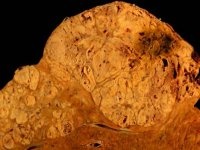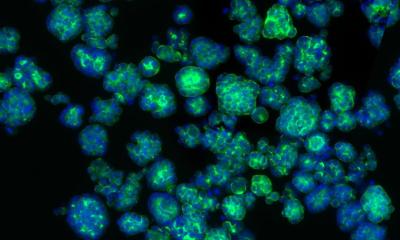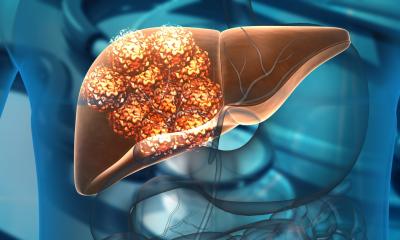Award
SIR honors Riad Salem for using radioembolization to treat liver cancer
Riad Salem, MD, MBA, will be honored with the Society of Interventional Radiology (SIR) Foundation Leaders in Innovation Award March 7, during the group's annual scientific meeting in Washington, D.C., for his work in radioembolization.

"Salem is a forward-thinking pioneer in the field of interventional radiology," said Filip Banovac, MD, SIR Foundation chair and chief of vascular and interventional radiology at Vanderbilt University Medical Center, Nashville, in a statement." His contribution to the art, science and practice of yttrium-90 radioembolization for liver malignancies opened the door for this now widely accepted treatment for many patients who simply had no other options. The entire field of interventional radiology owes him a great deal of gratitude for his innovative work."
Radiology Business spoke with Salem who is a professor of radiology, medicine and surgery at the Northwestern University Feinberg School of Medicine at Northwestern Memorial Hospital in Chicago.
What prompted your interest in yttrium-90 radioembolization?
Riad Salem: Early in my career, I became interested in interventional oncology, the discipline of treating cancer patients using modern interventional radiology techniques. At the time, chemoembolization was the standard of care and the only option at the time for hepatocellular carcinoma. It was, however, associated with significant abdominal pain, days of hospitalization and potential hair loss from the chemotherapy. I was fortunate to be one of the first three users of radioembolization in the United States in the early 2000s. After treating 10 patients, I observed that radioembolization generated better tumor response without the hospitalization, pain or hair loss. It was outpatient, it represented a major improvement over chemoembolization and patients demanded it. From there, I knew radioembolization would eventually become a standard treatment for liver cancer.
What would you say is your greatest contribution to this new liver cancer treatment?
I have dedicated the last decade to studying radioembolization—perfecting the technical aspects, studying the safety profile and assessing its role in the transplant, surgical, palliative and curative settings. I have run hundreds of training courses and trained more than 1,000 physicians on this technique. Recently, we published a randomized trial showing that radioembolization outperforms chemoembolization by time to progression. This was the first positive level I evidence for radioembolization in hepatocellular carcinoma.
How have you seen radioembolization grow throughout the years worldwide?
As mentioned above, I have trained more than 1,000 physicians in the technique. It is now applied in hundreds of hospitals worldwide.
What was it like when you performed and completed your first radioembolization procedure?
I was nervous. I was intrigued. I was academically curious. But at the same time, I was excited about the possibility of being involved in a new treatment for liver cancer. When it was over and the patient had been discharged, our entire team was proud to have treated one of the first patients in the United States. We did not realize it was the start of an incredible story.
What does this award mean to you and for the field of interventional radiology?
It represents a triumph of interventional radiology and cements our discipline as an integral component of modern cancer care. It is the culmination of a decade of structured research toward a new treatment paradigm. Radioembolization is now recognized as a treatment option by international guidelines and has been incorporated by thousands of hospitals benefiting patients worldwide. I am blessed and humbled to have been part of this. This award is the highlight of my career.
Source: Radiology Business
20.02.2017











